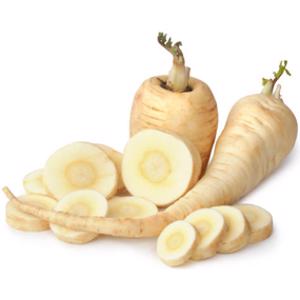
Whether you’re adding them to your weekly meal prep, preparing them as a side dish with a healthy fat source, sautéing them or serving them in a soup, they’re a great source of fiber and nutrients.What hits your mind when you hear the word parsnips? Carrot, cucumber, turnips, or radish? It’s a mix of all and is close to non-keto.

If you’re thinking you can’t consume veggies on the keto diet, think again. The key to choosing which (and how many) veggies to consume on a keto diet is to know your keto macro goals and which vegetables that are both high in fiber as well as low in sugar to not impact your glucose levels. The two types of vegetables you want to avoid include starchy vegetables and legumes. When it comes to vegetables, there are some you should consume in moderation and some you should avoid completely. If you’re looking for ways to enjoy veggies on keto, try one of these go-to recipes:Ĭan I Eat Too Many Vegetables on a Ketogenic Diet? * Technically, a fruit, but commonly referred to as a vegetable. Try to include 3 to 5 servings of vegetables a day of some of our favorite low-carb veggies: So how do you know which low-carb veggies are best to eat on the keto diet? Best Vegetables on the Keto Diet But most of these carbohydrates come from net carbs due to fiber and micronutrients. It is true that vegetables contain carbohydrates. These veggies are low on the glycemic index so you don’t have to worry about raising your blood sugar levels. They help fight inflammation, provide you with antioxidants and support optimal bone, brain and heart health. Green, leafy vegetables provide your body with a number of micronutrients such as vitamins A, C, and K and iron. But what are some other benefits of veggies on the ketogenic diet?
#Parsnips keto full
Studies have shown that eating vegetables will help you feel full faster and longer. This includes an abundant amount of low-carb veggies. Now we know how many veggies we can eat on the ketogenic diet, but why should we be eating them in the first place? A healthy keto diet provides all of the nutrition and fiber that you need for peak performance. While everyone is different, the standard ketogenic diet (SKD) proposes an intake of anywhere from 20 to 50 grams of (net) carbs per day. The net carbohydrates of food are what’s left after subtracting the grams of fiber per serving from the total carbohydrate amount per serving.įor example, if an item has 10 grams of carbohydrates and it contains 6 grams of fiber, then the amount of net carbs the item contains is 4 grams.įiber is subtracted from the overall carb count because it can’t be broken down into digestible sugar molecules like other high-impact carbs.

When it comes to the ketogenic diet, paying attention to the net carb count of food is just as important as the type of food you’re eating. However, not all carbs are created equal. When following the keto diet, keeping your carb intake around 5% to 10% of your daily calorie intake is important in order to maintain ketosis.

In fact, vegetables are key components to a successful ketogenic diet. While the ketogenic diet may get a bad rap for being filled with bacon and cheese, this is not the case at all. Now, you might assume vegetables are a no-go on the keto diet due to their particular carbohydrate and fiber content, but the truth is every vegetable is different. Vegetables, in particular, tend to cause the most confusion. However, there is still some gray area when it comes to which foods are allowed on the keto diet or not. This is why many individuals start the keto diet in the first place. Vegetables on the Keto Diet: The Disconnectīy now it’s no secret that low-carb ketogenic diets can be beneficial for weight loss.


 0 kommentar(er)
0 kommentar(er)
